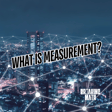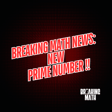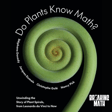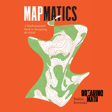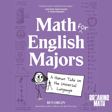
What are Journal Rankings? The basics: a minisode.
In this minisode, Autumn explores the basics in the world of journal rankings and metrics. She discusses the importance of journal rankings and how they are determined, focusing on metrics like impact factor, mathematical citation quotient (MCQ), and publication power approach (PPA). She explains how these metrics provide insights into a journal's influence and performance, but also emphasizes the need for a comprehensive evaluation of research beyond just metrics.
Keywords: journal rankings, journal metrics, impact factor, mathematical citation quotient, publication power approach, research evaluation, math, physics, ai, machine learning, education, publishing, academic journals
Subscribe to Breaking Math wherever you get your podcasts.
Become a patron of Breaking Math for as little as a buck a month
Follow Breaking Math on Twitter, Instagram, LinkedIn, Website, YouTube, TikTok
Follow Autumn on Twitter and Instagram
Follow Gabe on Twitter.
Become a guest here
email: breakingmathpodcast@gmail.com






